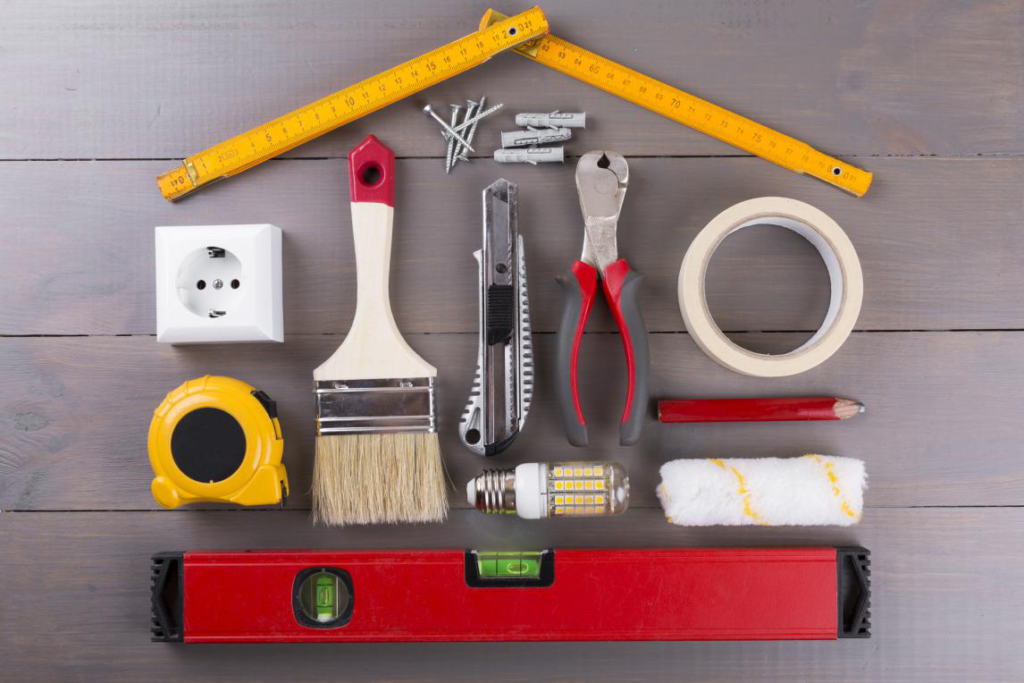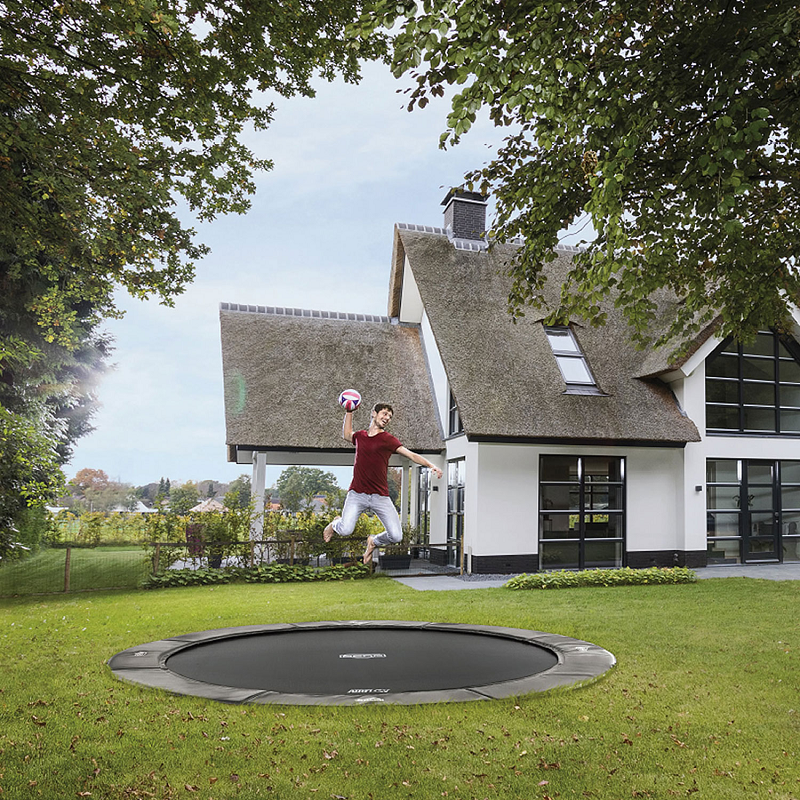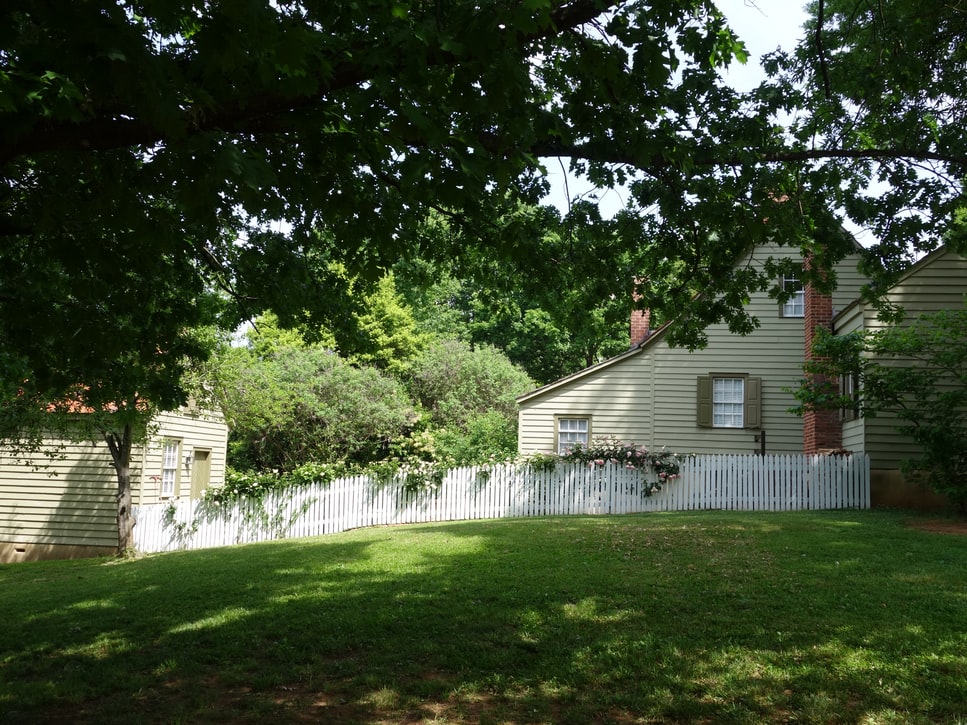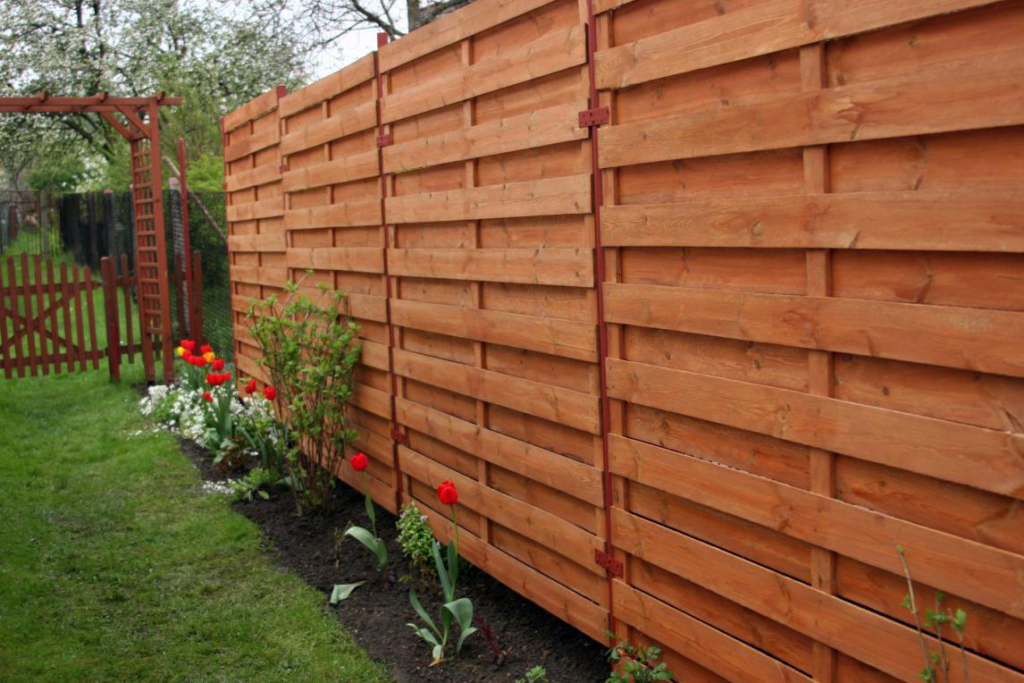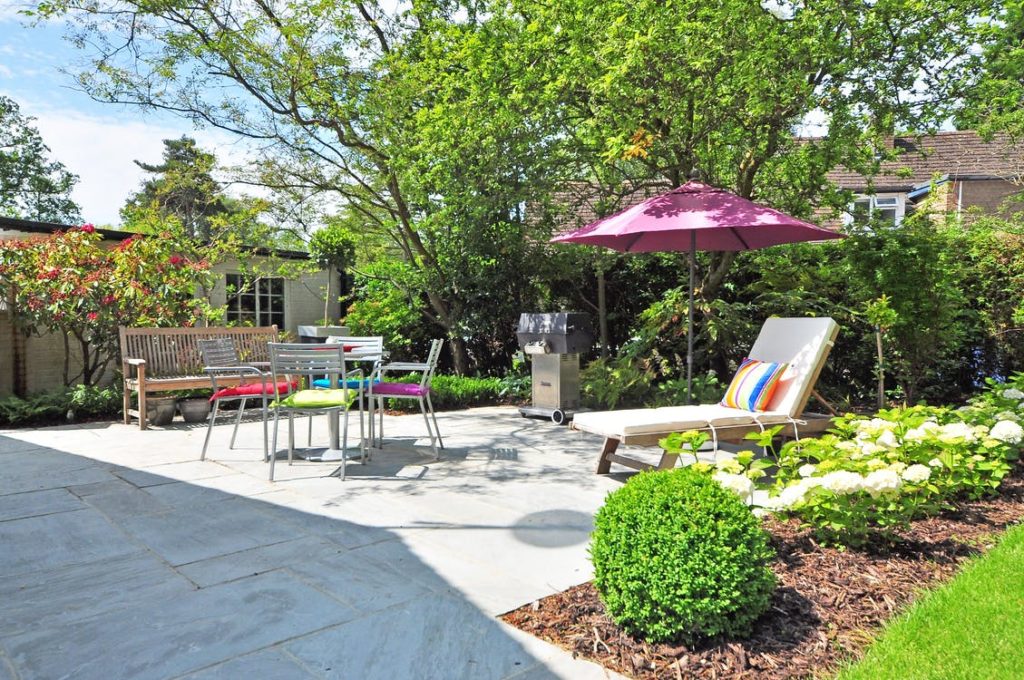Up Your Curb Appeal: 8 DIY Home Projects to Spruce up an Outdoor Space
In 2000, the DIY market worldwide reached an astonishing $377 billion. Tackling your own home projects is a great way to save money while improving appeal and functionality. Whilst many of us are happy to take on a DIY project indoors, there’s plenty to be said for taking your DIY skills outside too. There are […]
Up Your Curb Appeal: 8 DIY Home Projects to Spruce up an Outdoor Space Read More »

